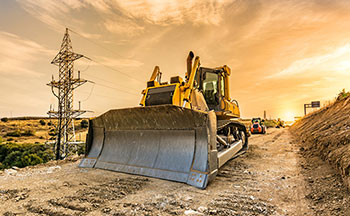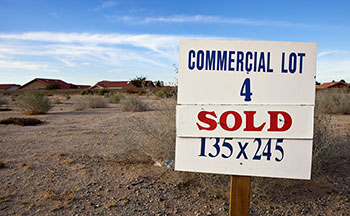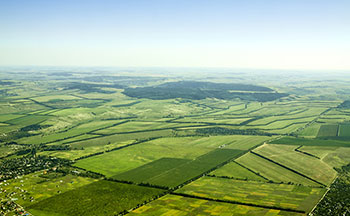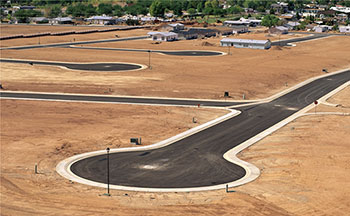Land Appraisals
While vacant Land can be one of the more simple forms of real estate given that it has no improvements to deal with, it can also be one of the most complex to appraise. This is due primarily to the fact that that the Land has not been committed to a use involving an improvement. Raw Land without improvements offers the user more options and consequently causes the appraiser to have more of a complex Highest and Best Use decision. Issues such as zoning, utilities, ingress and egress, as well as the demand for various property uses become a factor. This is fortunately not the case with subdivision lots, as they typically have been legally designated for a particular use through deed restrictions and most likely local zoning. Given the difficulty of determining the best use of the property, the demand for that property and what can actually can be built on it, appraising can be a challenge.
We at ELLIOTT® & Company Appraisers are experts at dealing with Land. We offer evaluation service in all 50 of the United States.
Development tract appraisal is often started with a feasibility study or land appraisal to determine its potential for development by considering many factors including utilities to site, location and growth within the area.
Read MoreLot appraisal and lot values will vary from one similar lot to the other depending on factors such as size, location, road frontage, water frontage or market segment.
Read MoreRaw acreage appraisal or evaluating raw land all boils down to its highest and best use. Raw Land appraisal takes vision and expertise in determining HBU.
Read MoreSubdivision appraisal or subdivision analysis involves considering inventory of available lots, an absorption study to determine the rate at which they will sell, and a discounted cash flow for that income stream to determine an overall value for the subdivision.
Read More



